 Web Front-end
Web Front-end JS Tutorial
JS Tutorial Detailed explanation of the difference between ES6 modularity and CommonJS modularity
Detailed explanation of the difference between ES6 modularity and CommonJS modularity
The difference between ES6 modularization and CommonJS modularization
In recent projects, about the import, export and export of ES6 I am confused about the use of module.exports and require in CommonJS. Today I decided to summarize it. If there is anything wrong, please give me some advice.
ES6 Modularity
import command is used to import functions provided by other modules;export## The #command is used to specify the external interface of the module.
import and export
// 导出 a.js
/** 写法一 **/
var name = 'sheep'
function getSheep() {
name = 'hourse'
}
export {getSheep}
// 引入 b.js
import {getSheep} from './a.js'
/** 写法二 **/
var name = 'sheep'
export function getSheep() {
name = 'hourse'
}
// 引入 b.js
import {getSheep} from './a.js'2. import and export defalut
There can be multiple exports, export default There is only one// 导出 a.js
let obj = {
name: 'hello',
getName: function (){
return this.name
}
export default obj
// 引入 b.js
import obj from './a.js'
CommonJS modularity
1.require and module.exports
require Supported in both ES6 (bable converts import to require) and CommonJS
// 导出 a.js
let obj = {
name: 'hello',
getName: function (){
return this.name
}
module.exports = obj
// 引入 b.js
let obj = require('./a.js')
Summary
- Even if we use the ES6 module system, if we use Babel's conversion, the ES6 module system will eventually be converted to the CommonJS specification.
- When using require in Babel5, the imported value is the value returned by module.export or the value returned by export default.
- In Babel6, when using import to introduce, you can directly get the value of export default; but if it is a component imported by require, whether the export is module.export, export, or export default, you can directly To obtain the export default value, you must add a default.
Reference:Recommended tutorial: "
- https://www.jianshu.com/p/27ee06296bcd
- https://juejin.im/post/5a2e5f0851882575d42f5609
JS Tutorial"
The above is the detailed content of Detailed explanation of the difference between ES6 modularity and CommonJS modularity. For more information, please follow other related articles on the PHP Chinese website!
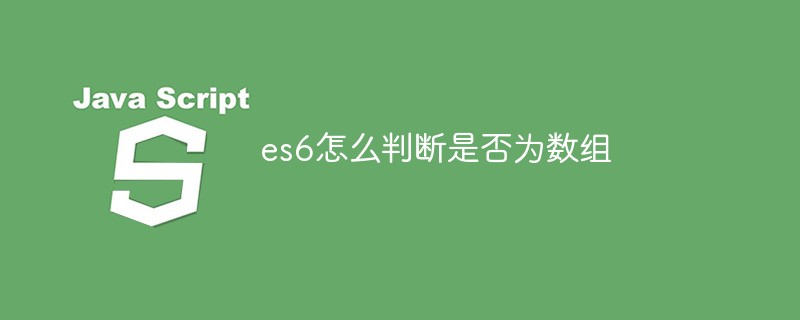 es6怎么判断是否为数组Apr 25, 2022 pm 06:43 PM
es6怎么判断是否为数组Apr 25, 2022 pm 06:43 PM在es6中,可以利用“Array.isArray()”方法判断对象是否为数组,若判断的对象是数组,返回的结果是true,若判断对象不是数组,返回的结果是false,语法为“Array.isArray(需要检测的js对象)”。
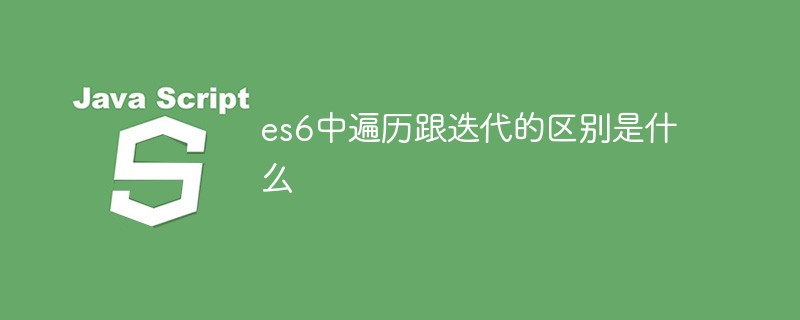 es6中遍历跟迭代的区别是什么Apr 26, 2022 pm 02:57 PM
es6中遍历跟迭代的区别是什么Apr 26, 2022 pm 02:57 PMes6中遍历跟迭代的区别是:遍历强调的是要把整个数据依次全部取出来,是访问数据结构的所有元素;而迭代虽然也是依次取出数据,但是并不保证取多少,也不保证把所有的数据取完,是遍历的一种形式。
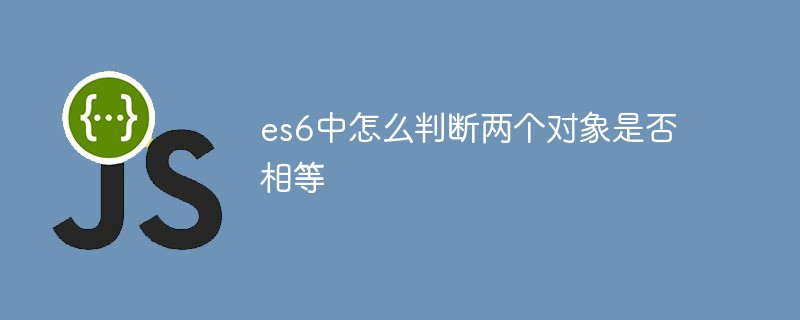 es6中怎么判断两个对象是否相等Apr 19, 2022 pm 03:34 PM
es6中怎么判断两个对象是否相等Apr 19, 2022 pm 03:34 PM在es6中,可用Object对象的is()方法来判断两个对象是否相等,该方法检测两个变量的值是否为同一个值,判断两个对象的引用地址是否一致,语法“Object.is(对象1,对象2)”;该方法会返回布尔值,若返回true则表示两个对象相等。
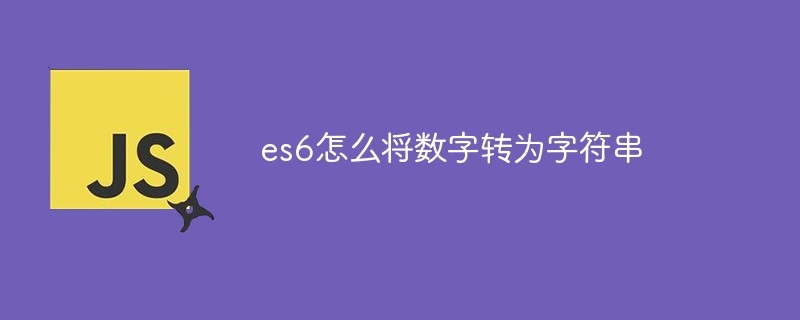 es6怎么将数字转为字符串Apr 19, 2022 pm 06:38 PM
es6怎么将数字转为字符串Apr 19, 2022 pm 06:38 PM转换方法:1、利用“+”给数字拼接一个空字符,语法“数字+""”;2、使用String(),可把对象的值转换为字符串,语法“String(数字对象)”;3、用toString(),可返回数字的字符串表示,语法“数字.toString()”。
 es6中assign的用法是什么May 05, 2022 pm 02:25 PM
es6中assign的用法是什么May 05, 2022 pm 02:25 PM在es6中,assign用于对象的合并,可以将源对象的所有可枚举属性复制到目标对象;若目标对象与源对象有同名属性,或多个源对象有同名属性,则后面的属性会覆盖前面的属性,语法为“Object.assign(...)”
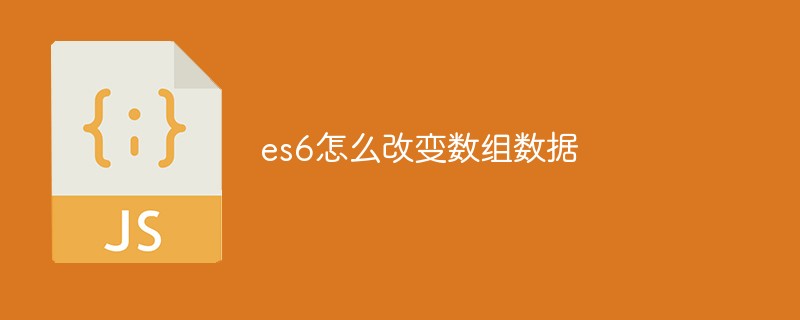 es6怎么改变数组数据Apr 26, 2022 am 10:08 AM
es6怎么改变数组数据Apr 26, 2022 am 10:08 AM改变方法:1、利用splice()方法修改,该方法可以直接修改原数组的内容,语法为“数组.splice(开始位置,修改个数,修改后的值)”;2、利用下标访问数组元素,并重新赋值来修改数组数据,语法为“数组[下标值]=修改后的值;”。
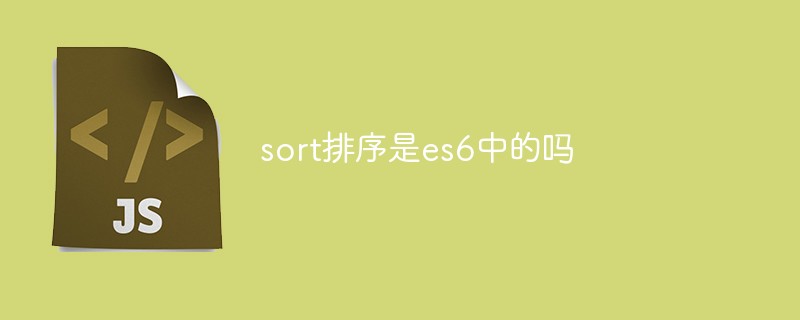 sort排序是es6中的吗Apr 25, 2022 pm 03:30 PM
sort排序是es6中的吗Apr 25, 2022 pm 03:30 PMsort排序是es6中的;sort排序是es6中用于对数组的元素进行排序的方法,该方法默认不传参,按照字符编码顺序进行排序,排序顺序可以是字母或数字,并按升序或降序,语法为“array.sort(callback(a,b))”。
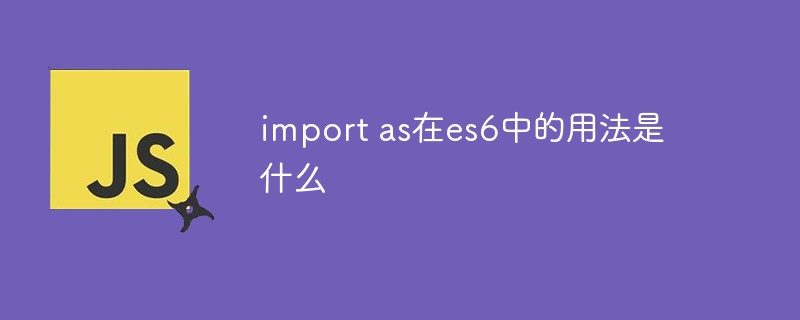 import as在es6中的用法是什么Apr 25, 2022 pm 05:19 PM
import as在es6中的用法是什么Apr 25, 2022 pm 05:19 PM在es6中,import as用于将若干export导出的内容组合成一个对象返回;ES6的模块化分为导出与导入两个模块,该方法能够将所有的导出内容包裹到指定对象中,语法为“import * as 对象 from ...”。


Hot AI Tools

Undresser.AI Undress
AI-powered app for creating realistic nude photos

AI Clothes Remover
Online AI tool for removing clothes from photos.

Undress AI Tool
Undress images for free

Clothoff.io
AI clothes remover

AI Hentai Generator
Generate AI Hentai for free.

Hot Article

Hot Tools

SAP NetWeaver Server Adapter for Eclipse
Integrate Eclipse with SAP NetWeaver application server.

EditPlus Chinese cracked version
Small size, syntax highlighting, does not support code prompt function

Dreamweaver Mac version
Visual web development tools

Notepad++7.3.1
Easy-to-use and free code editor

VSCode Windows 64-bit Download
A free and powerful IDE editor launched by Microsoft





